There is a cancer that is on the rise in the United States, and it is on the rise in a population that is taking doctors by surprise. The cancer is anal cancer, and the population is white and hispanic women aged 65 and older. This is challenging previous assumptions about high-risk groups for this rare and deadly cancer.
Trends in Anal Cancer Rates
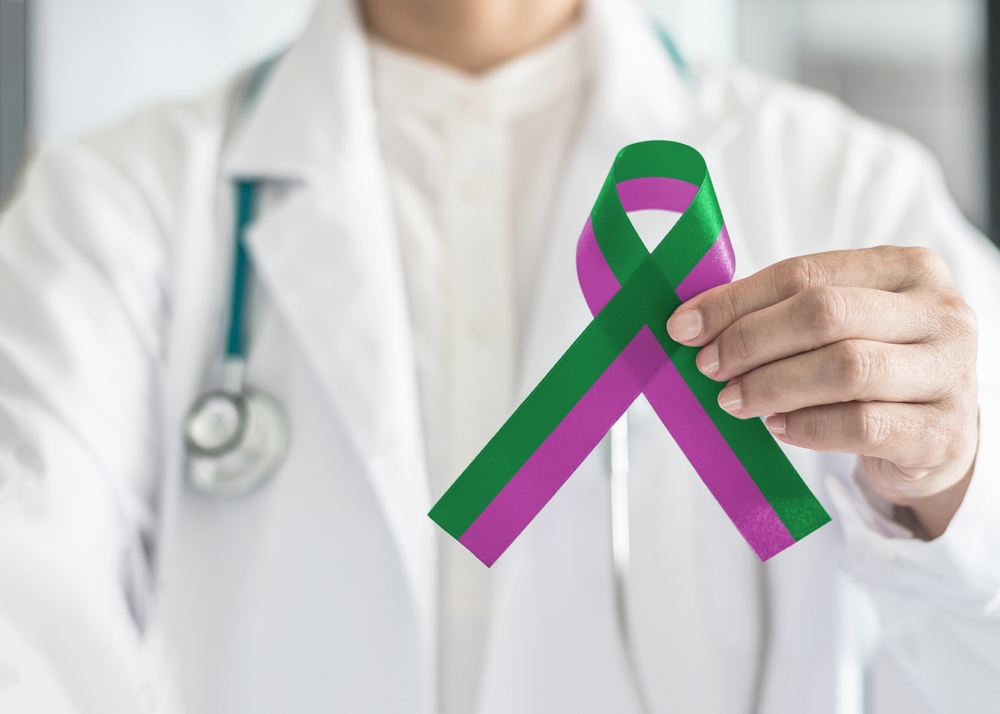
A recent study presented at Digestive Disease Week (DDW) 2025 has found an alarming trend in anal cancer in older women. The study, presented by lead author Dr. Ashley Robinson, analyzed data from the National Cancer Institute’s Surveillance, Epidemiology, and End Results (SEER) database from 2017 to 2021. The analysis revealed a significant increase in anal cancer rates, with the most substantial jumps observed among older women, specifically white and Hispanic women. The rates for women 65 and older have increased by almost 3%, If you look at just white women, the rise during the period of the study is over 4%. Older hispanic women had the second-highest, with just shy of 2%.
Read More: This Vitamin Supplement May Slash Your Risk of Colon Cancer, Study Finds
Shift in High-Risk Groups

The findings challenge conventional notions of high-risk groups for anal cancer, as the study highlighted a notable increase in rates among white and Hispanic women over 65. Historically, this cancer has been seen most often in gay men who are HIV positive. This is because of their increased exposure to HPV (human papillomavirus). This shift underscores the need to reconsider screening guidelines and targeted interventions to address the evolving demographics of those at risk for anal cancer.
Influence of HPV
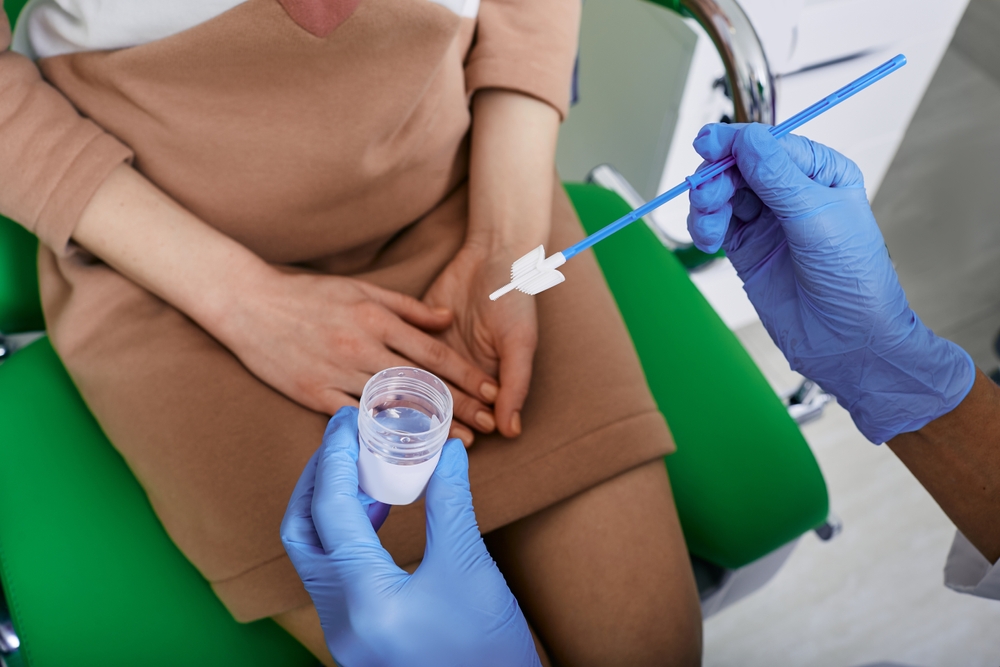
Human papillomavirus (HPV) is a viral infection with more than 100 different types, also called strains. While some strains of HPV are responsible for causing skin growths known as warts, certain types of the virus can lead to cancer. There are a variety of different types of cancers that HPV can contribute to. This includes cervical cancer, penile cancer, vaginal cancer, vulvar cancer, oropharyngeal cancer, and anal cancer. The virus is commonly transmitted through sexual contact or other forms of skin-to-skin contact. Vaccination plays a key role in preventing HPV-related complications, including genital warts and cervical cancer.
HPV is a primary driver of anal cancer, responsible for 90% of cases. The study suggests that the absence of widespread HPV vaccination among older women might contribute to the escalating rates of anal cancer in this demographic. Regular screening tests are recommended for individuals, particularly women, to detect any cellular changes that may signal the development of cancer due to HPV infection.
Read More: 10 Signs of Throat Cancer to Never Ignore
Impact on Older Women
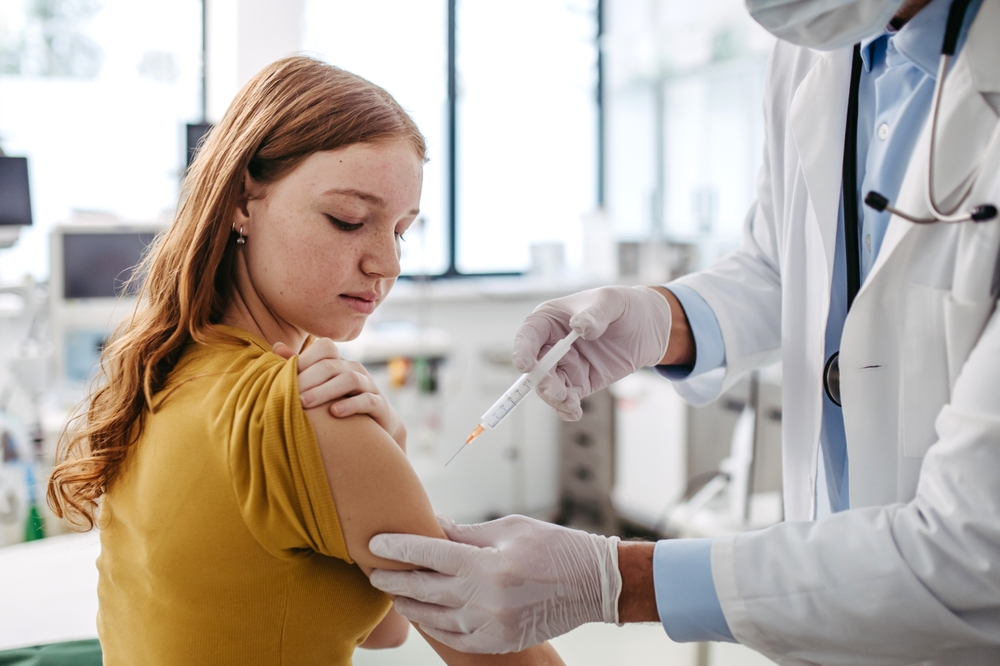
Among the key findings was the revelation that anal cancer incidence in women over the age of 65 is projected to double in less than 17 years if current trends persist. This alarming prediction underscores the urgent need for targeted screening and prevention strategies tailored to this growing high-risk population. The HPV vaccine, which is an important way to protect against HPV and therefore anal cancer, was not introduced in the United States until 2006. It is generally recommended for girls at age 11 or 12, but can be given as early as 9 years old, and is recommended for women up to the age of 25. Preferably, it is administered before that girl or young woman becomes sexually active. It is generally not recommended past the age of 26, as these people are more likely to have already been exposed to HPV and therefore reduce the vaccine’s effectiveness. For this reason, many older women have never received the vaccine.
Implications for Prevention and Screening
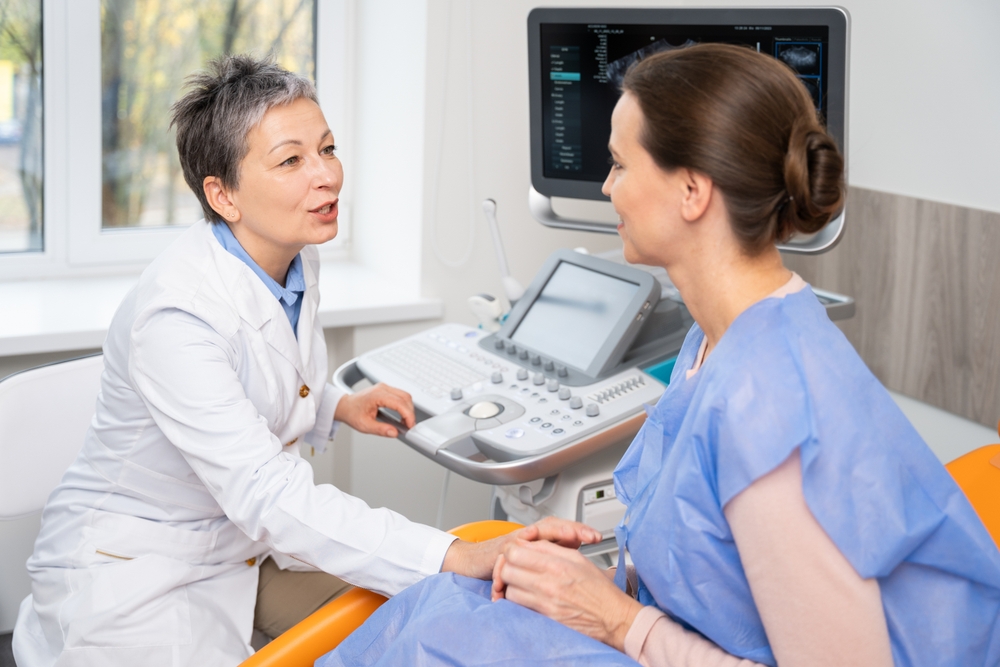
Dr. Robinson highlighted the importance of promoting HPV vaccination. This is one of the most crucial measures to protect against anal cancer. The next step is to make sure that all healthcare providers are well informed of any updated screening protocol, as guidelines are likely to evolve.
“It’s crucial that we promote HPV vaccination as a key tool for preventing anal cancer, while also keeping health care providers informed as screening guidelines evolve,” She said. “These findings highlight specific patient groups who may benefit from targeted screening for anal HPV and anal cancer.”
Finally, it is also important for everyone to remember to practice safe sex and to stay up-to-date with their pap smears and testing. This means using condoms, even if you are past reproductive age, as these are the only way to protect against sexually transmitted disease.
The Bottom Line
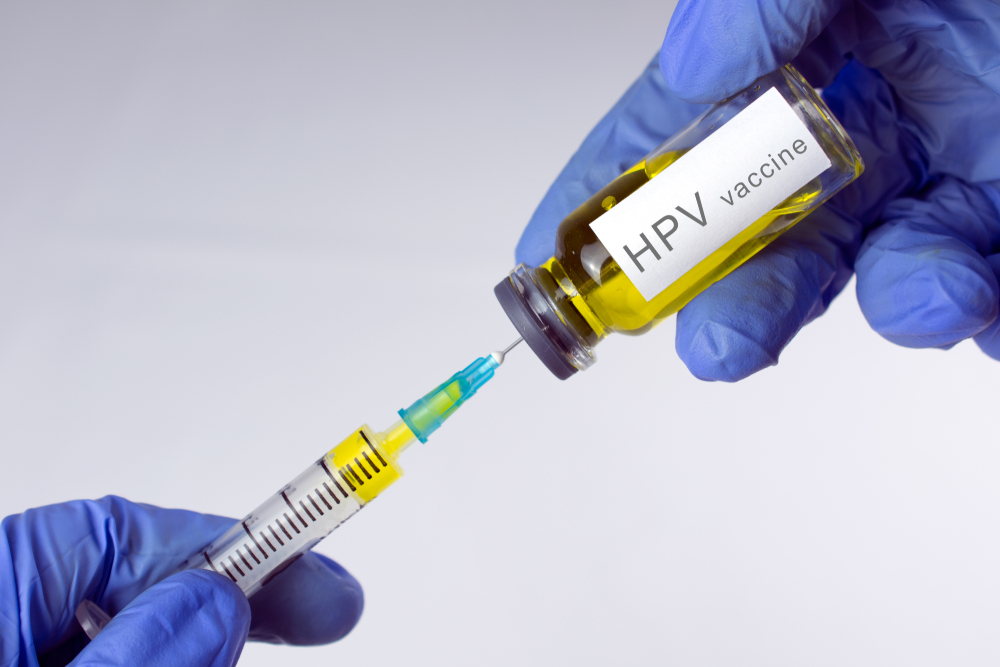
The study’s findings underscore the urgency of reevaluating screening and prevention strategies for anal cancer, as the demographic landscape of those at heightened risk continues to evolve. Enhanced efforts to promote HPV vaccination and implement targeted screening programs for older women are critical in addressing the escalating rates of anal cancer and curtailing its impact on public health. Perhaps it is time, too, to come up with a solution for these women who are outside of the age range to receive the HPV vaccine.
Read More: Oral Sex and Throat Cancer: The Hidden Connection You Need to Know

